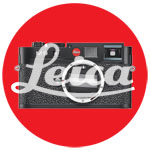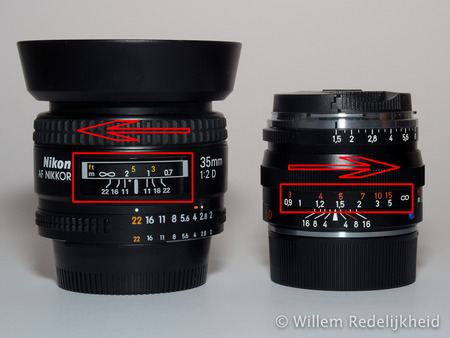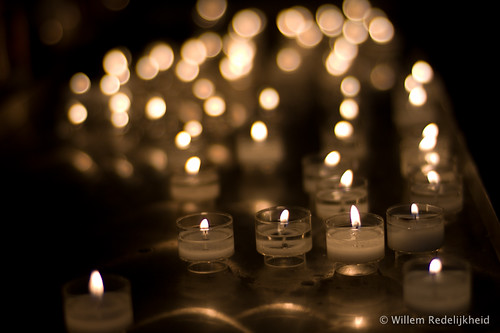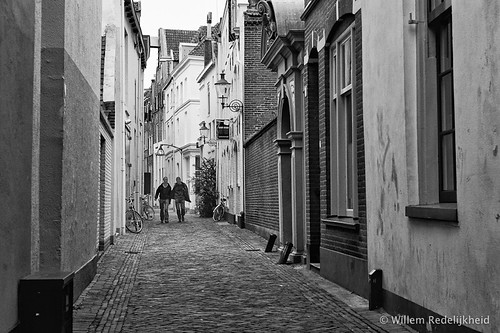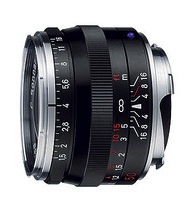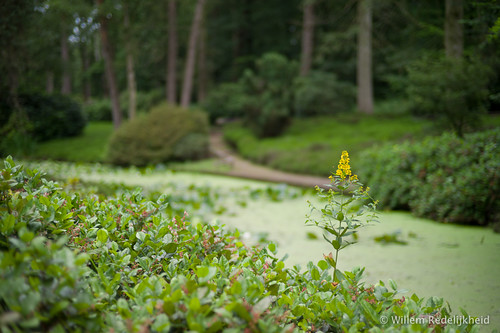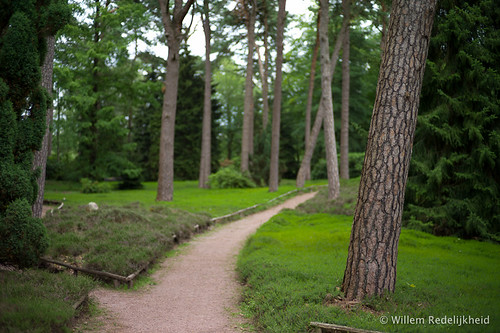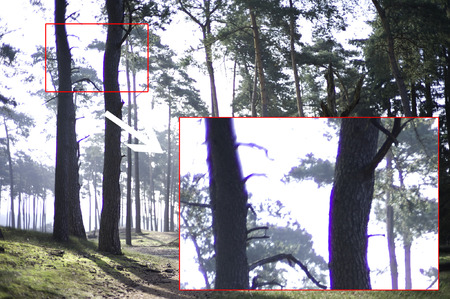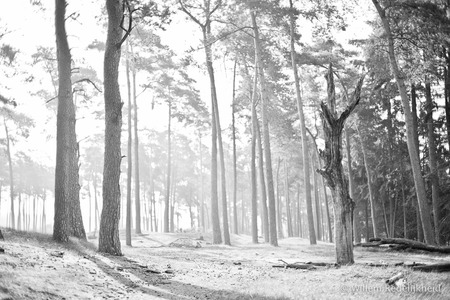Day 1: Unpacking
 Tuesday, June 28, 2011 at 21:39
Tuesday, June 28, 2011 at 21:39 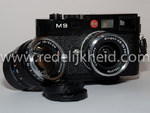 The unpacking was a real joy. Under every piece of carton was something hidden. Eventually all the usual things;
The unpacking was a real joy. Under every piece of carton was something hidden. Eventually all the usual things;
- Camera
- Battery
- Battery charger
- Neck strap
- USB cable
- Manual (multilingual)
There was also some additional stuff. Something you won't get with other camera's;
- Adobe Lightroom v3 license voucher.
Accessible online after registering the camera with Leica. - A free 6-months subscription to LFI
- a car charger
The unpacking of the lenses was fairly normal. A box with some foam and the lenses in plastic. I must say that these lenses are absolutely gorgeous. Small, and an extremely good building quality. Even better than my 20mm Voigtländer lens (Nikon mount).
After the unpacking came: the charging of the batteries…. Should have done that the minute I got home…. Now it's off to bed.
 Willem |
Willem |  Post a Comment |
Post a Comment |  Carl Zeiss,
Carl Zeiss,  Leica M9,
Leica M9,  Photography,
Photography,  Review
Review 

